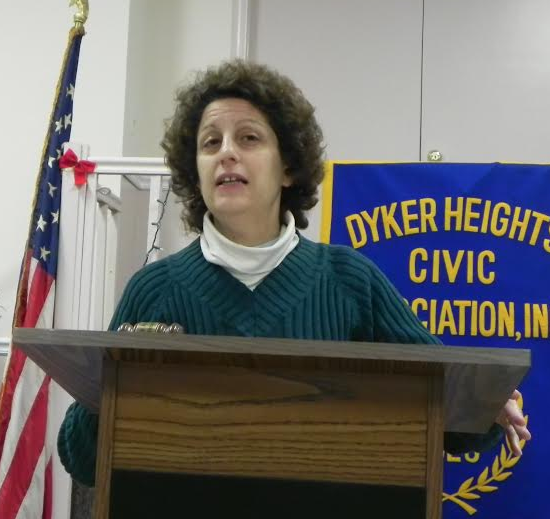Dyker Heights Civic Association still going strong at 86

Screen Shot 2014-02-25 at 2.01.49 PM.png
Dyker Heights is world famous for the elaborate, over-the-top Christmas decorations in front of people’s homes featuring thousands of twinkling lights, two-story-high wooden soldiers, giant snow globes and supersized reindeer pulling Santa Claus in his sled.
Thousands of tourists come to Dyker Heights during the holiday season to walk around the neighborhood and take in the sights.
But behind the glitter, Dyker Heights is a quiet, largely residential community that is home to residents who want to live in a safe, affordable neighborhood with good schools and clean streets, leaders of the Dyker Heights Civic Association said.
